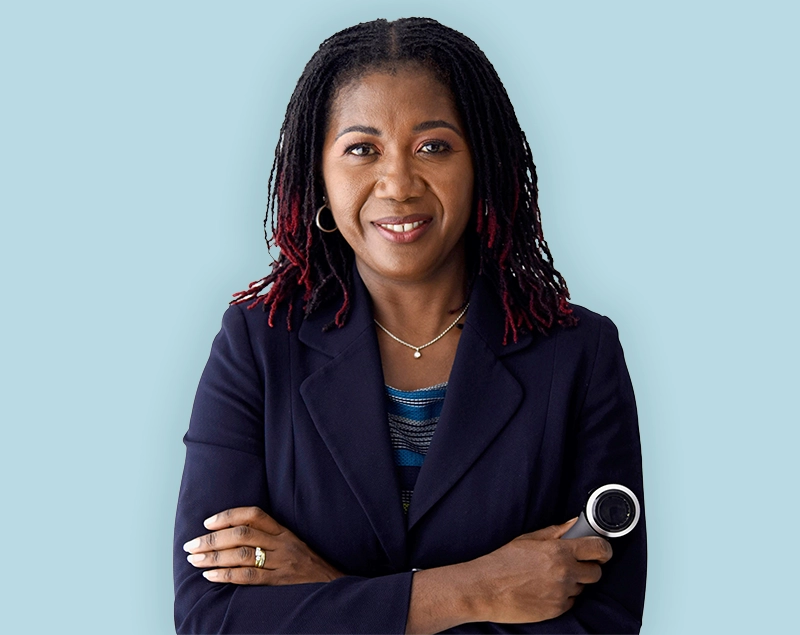Overview
What are thread veins?
Thread veins are tiny, dilated blood vessels that develop just beneath the skin’s surface. They develop when small capillaries widen and become visible, forming fine red, blue, or purple lines that may resemble a web or branching pattern. Although harmless, they can be a source of cosmetic concern and occasionally signal underlying vein weakness.
These small veins often appear on the face, legs, ankles, or thighs. Facial thread veins are commonly associated with sun exposure, ageing, or skin conditions like rosacea, while leg thread veins are more likely linked to genetics, hormonal changes, or prolonged standing.
Unlike varicose veins, which are larger, deeper, and often bulge above the skin, thread veins lie close to the surface and typically don’t cause pain, swelling, or heaviness in the legs. Varicose veins result from valve malfunction within larger veins, leading to blood pooling and visible protrusion, whereas thread veins arise from superficial capillary dilation without significant circulatory impact.
Symptoms and Causes
Recognising thread veins
Thread veins are primarily a cosmetic issue but can sometimes be accompanied by mild symptoms such as:
- Fine red, blue, or purple lines visible under the skin.
- Web-like clusters, often spreading gradually.
- Mild itching, burning, or sensitivity in the affected area.
- Occasional discomfort after standing for long periods (leg veins).
What causes thread veins?
Multiple factors can contribute to their development, including:
- Ageing: The vein walls weaken naturally with age, leading to visible dilation.
- Genetics: A family history of varicose or spider veins increases risk.
- Hormonal changes: Pregnancy, menopause, or hormonal therapy can trigger or worsen them.
- Sun exposure: UV rays damage skin and superficial blood vessels, especially on the face.
- Prolonged standing or sitting: Reduces circulation, putting pressure on leg veins.
- Rosacea or skin trauma: Chronic inflammation or injury can cause capillary rupture.
Diagnosis and Tests
Diagnosis is primarily clinical. A healthcare professional or vascular specialist can confirm the condition through visual assessment.
In some cases, further evaluation may be recommended to rule out deeper venous problems, especially if varicose veins or swelling are present. Tests may include:
- Doppler ultrasound: Checks blood flow and identifies underlying venous insufficiency.
- Clinical examination: Assesses location, extent, and severity of visible veins.
Accurate diagnosis helps determine whether treatment should focus on cosmetic removal or underlying vein health.
Management and Treatment
While thread veins are harmless, many people seek treatment for cosmetic improvement. Treatment options depend on the size, location, and cause of the veins.
Treatment options
- Sclerotherapy: A minimally invasive procedure where a special solution is injected into the vein, causing it to collapse and fade over several weeks. Ideal for leg veins.
- Laser therapy (Nd:YAG or IPL): Uses targeted light energy to heat and close the affected veins. Particularly effective for facial thread veins and small surface vessels.
- Electrocoagulation or thermocoagulation: Applies controlled heat through a fine needle to seal tiny vessels, suitable for delicate facial areas.
- Compression therapy: Wearing compression stockings post-treatment can improve circulation and reduce recurrence in leg veins.
Outlook/Prognosis
Thread veins are benign and do not pose a health risk. However, new veins can appear over time, especially if contributing factors like sun exposure, hormonal changes, or poor circulation persist.
With appropriate treatment, most people experience significant cosmetic improvement. Modern therapies like sclerotherapy and laser treatment offer long-lasting results with minimal downtime.
Prevention
While not all cases can be avoided, certain steps can reduce your risk:
- Protect skin from UV exposure with daily sunscreen use.
- Stay active and avoid prolonged standing or sitting.
- Wear compression stockings if you are prone to leg vein issues.
- Keep a stable, healthy weight to lessen strain on the veins in your legs.
- Avoid excessive heat exposure, such as saunas or hot baths, which can dilate vessels.
- Limit alcohol and smoking, as they can affect circulation and skin health.
Regular skin monitoring and early medical consultation are key to maintaining healthy, evenly pigmented skin.


